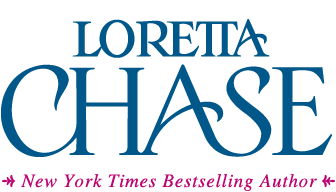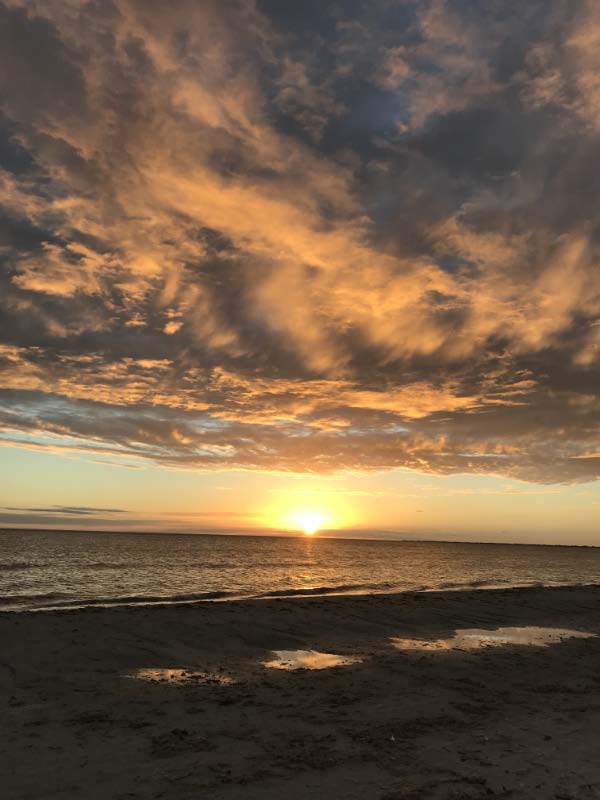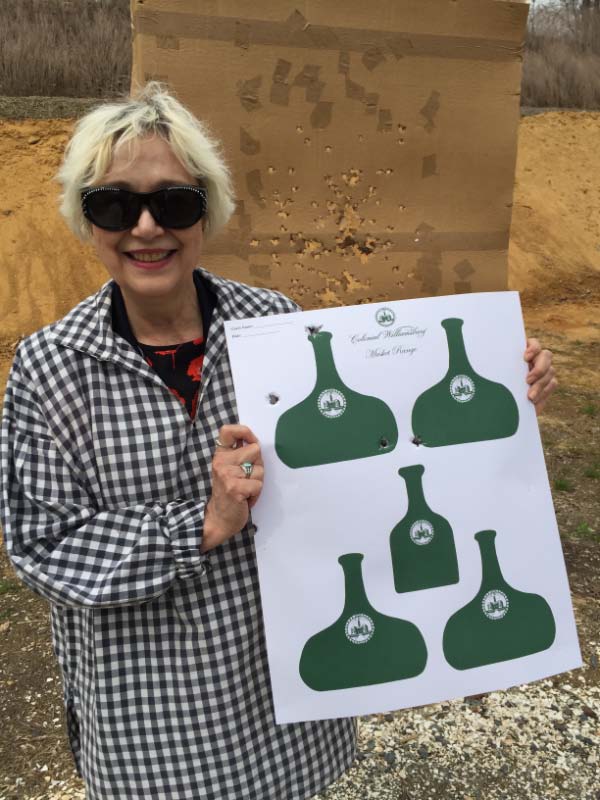My historical romances feature quite a few duke heroes, all rich, young, and good-looking. This was not the reality in early 19th century Great Britain and it isn’t the reality today. What is real though, is their belonging to the highest rank of the peerage, and their possessing, in the time of our stories, power, privilege, and wealth we can scarcely imagine. The duke is the mightiest of the noblemen—but in the idealized world of romance fiction, he meets his match in the strong heroine, who may have nothing but her brains to depend on.
So, I’m OK with the jillion fictional dukes.
The clothes, however, need to be correct (see my post on 1830s clothing). The streets need to be correct. And the houses. And other stuff. This is to make the story feel real. The characters are make-believe, but I place them in a world as close to historical reality as I can make it. Which isn’t to say I don’t take artistic liberties from time to time, or avoid many of the less appealing aspects of the time. It’s a historical romance, not a biography or history.
All the same, if the opportunity arises, I check my work, even after the book’s been published. Because of my brain. This happened with the Venice I described in Your Scandalous Ways. Though I traveled there well after the book was released, I visited the story’s various locations, to make sure I’d imagined correctly. I had. But that was Venice.
If Lord Byron came back from the dead and visited, he’d recognize the place. But London? He’d feel the way I did when I visited Tirana, Albania, after several decades: Where am I? More to the point, Where did all these buildings and cars and things come from? Help! What is this place?
As you’d expect, then, when I was in London—after A Duke in Shining Armor had gone into production and it was too late to change anything—I had to make sure I’d got things right. Thus, Olympia and Ripley’s great escape from her uncle’s house in Kensington? That run down Horton Street to the cab stand? Yes, I followed their route, to make sure it made sense and the timing worked.
The house she ran from, Newland House, was based on Campden House. It’s long gone (more about that on another post). But I knew approximately where it had stood—or sprawled, rather, over a large property. And, this being London (Kensington, to be precise), I found equivalents of the various landmarks I’d pictured. There was, as described, a tall wall around a large property. There was, as described, a locked gate in the wall. And I found these features in the general area where the garden of the house would have been.
And there was Horton Street. As the map shows, Kensington was much more rural in 1833. A great many more buildings line Horton Street now than in the time of my story. But the street, unlike some others, remains, as do other landmarks. And lo and behold, when we reached the Kensington High Street, we came upon a cab stand, about where there had been one at the time of my story. Maybe exactly where it had been, because that is one of the marvelous things about London: If you look, you find the past, maybe where you least expect it. And some things don’t change all that much.
Image of Campden House courtesy Kensington Central Library, with special thanks to Dave Walker and Isabel Hernandez for their patience and help.
























